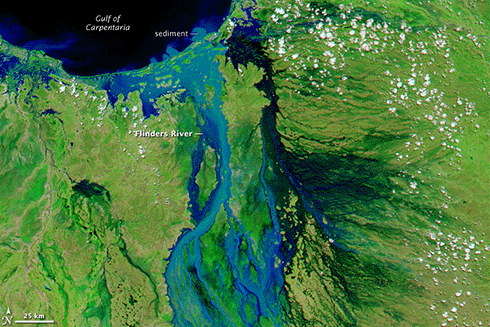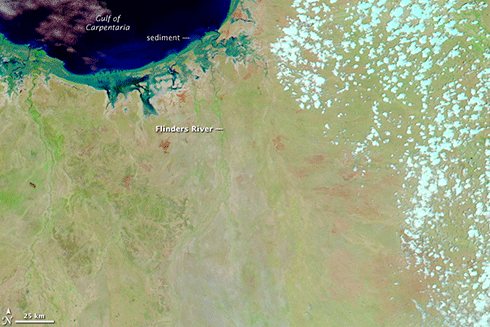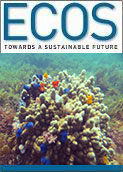
|
Published: 10 February 2014
CSIRO assesses ‘food bowl’ potential of two northern catchments
CSIRO has completed, for the Australian Government, an investigation of opportunities for water and agricultural development in the Flinders and Gilbert catchments, which drain into the Gulf of Carpentaria in north Queensland.
Thousands of hectares of soil are potentially suitable for irrigated agriculture across northern Australia but access to sufficient water constrains development.
To investigate the challenges and opportunities facing northern communities and primary producers, the North Queensland Irrigated Agriculture Strategy (NQIAS) began in January 2012.
CSIRO led one component of the NQIAS, the Flinders and Gilbert Agricultural Resource Assessment (FGARA), with some components undertaken by the Queensland Government and TropWATER (James Cook University).
This two-year study involving more than 100 scientists provides a comprehensive and integrated evaluation of the feasibility, economic viability and sustainability of agricultural development in these two catchments of north Queensland.
The assessment concluded that:
-
Despite their close proximity, the Flinders and Gilbert catchments differ significantly in their physical characteristics and thus the way in which agricultural development might occur.
-
In the Flinders catchment, farm dams could support 10,000 to 20,000 ha of irrigation in 70 to 80 per cent of years, but irrigation may not be possible in very dry years. The precise area under irrigation will, in any year, vary depending on factors such as irrigation efficiency, water availability, crop choice and risk appetite.
-
In the Gilbert catchment, large in-stream dams could support 20,000 to 30,000 ha of irrigation in 85 per cent of years. Again, the precise area under irrigation will, in any year, vary depending on factors such as irrigation efficiency, water availability, crop choice and risk appetite.
-
In-stream dams enable more reliable irrigated production than farm dams, because they can more easily carry water from one year to the next.

|
|
Queensland’s Flinders River in February 2009 after heavy rains and flooding. Credit:
NASA
|
For both the Flinders and Gilbert catchments significant water use would, in the downstream environment, amplify the environmental and social challenges associated with dry years, and would have impacts on commercial and recreational fishing catches that were not quantified in the CSIRO study.
Large-scale change of land and water use in the catchments is likely to require a wide range of regulatory, social and cultural responses, including consideration of native title implications, advised participating scientists.
Source: CSIRO




